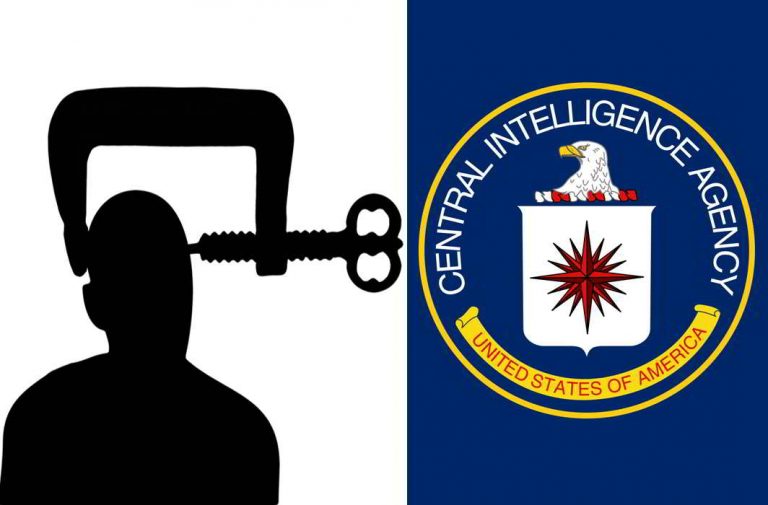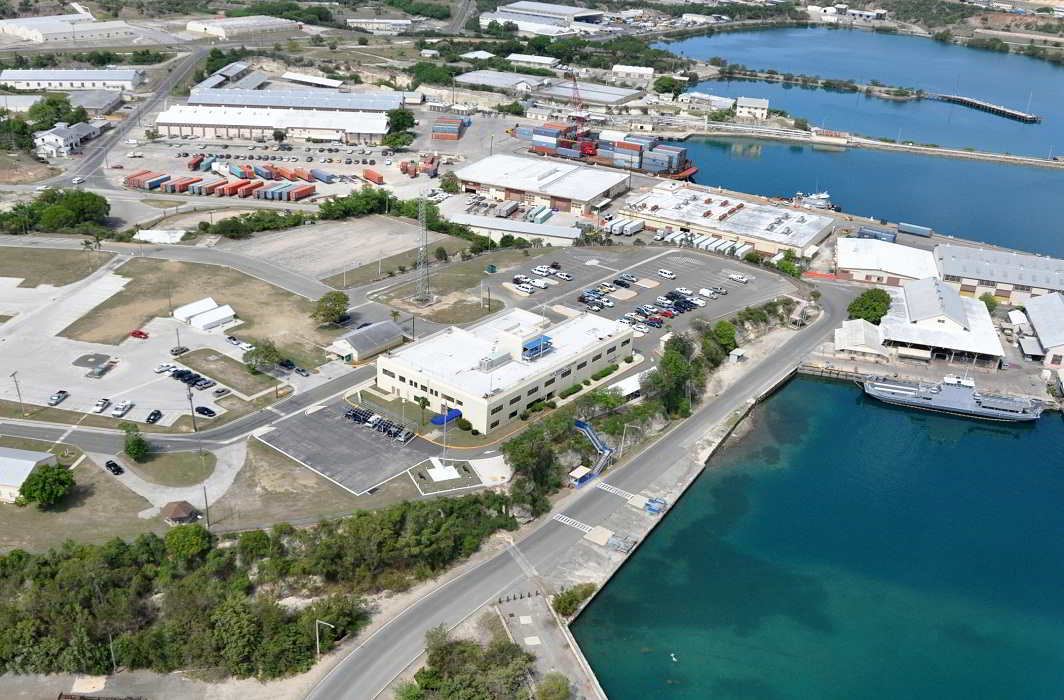
Legal implications constantly considered and bypassed
~By Parsa Venkateshwar Rao Jr
The freshly declassified Central Intelligence Agency (CIA) documents show that the CIA, the Department of Justice and the White House faced up to the legal fallout of torturing prisoners suspected to be terrorists and withholding vital information.
A draft prepared on November 26, 2001, with the heading, Hostile Interrogations: Legal Considerations For CIA Officers corroborates that. It states unambiguously at the very beginning that the US law prohibits torture because it has signed on to the United Nations Convention against torture and other cruel, inhumane, degrading treatment or punishment, and that the law has incorporated verbatim the definition of torture as defined in the UN Convention.
As against this, the draft offers legal remedies for torture in US courts in the next paragraph of the draft, Use of necessity as defence to prosecution in a US court, and cites the Israeli precedent: “Israel’s Supreme Court has recognised that government officials who are prosecuted for torture may use the affirmative defence of necessity – i.e., “for the purpose of saving the life, liberty, body or property, of either himself or his fellow person, from substantial danger of serious harm, imminent from the particular state of things (circumstances), at the requisite timing, and absent alternative means for avoiding the harm.” That is, a government officer can avoid criminal prosecution if the torture was necessary to prevent a danger “certain to materialise” and when no other means of preventing the harm are available.”

The draft notes that Israel Supreme Court does not give the interrogator “ab initio authority for the systematic (even if rare) use of torture as a valid interrogation tool”.
But the draft states categorically that the US Code “does not contain a statutory necessity defence provision, but US common law has recognised an analogous doctrine”. It then quotes the 1973 case, State vs Marley, where “Defendants were charged with criminal trespass on the property of Honeywell Corporation in Honolulu. They argued that they were seeking to stop the Vietnam war and raised as one of their defences the “necessity defence.”
The document quotes from the verdict which did not exonerate the accused, the conditions under which exoneration is possible: “The “necessity defence” exonerates persons who commit a crime under the pressure of circumstances if the harm that would have resulted from compliance with the law would have significantly exceeded the harm resulting from the defendants’ breach of the law. Successful use of the “necessity defence” requires (a) that there is no third or legal alternative available, (b) that the harm to be prevented be imminent, and (c) that a direct, causal relationship be reasonable anticipated to exist between the defendant’s action and the avoidance of harm.” It cites two other cases, United States vs Seward of 1982, and United States vs Contento-Pachon of 1984 to show how the courts allowed for breach of law if it meant preventing greater harm.
The CIA seemed to have continued with its torture practices though they have evolved protocols when and by whom the torture methods were to be used. It was also established that the doctors and psychologists who were to be at hand when the torture was administered should not be part of the interrogation team, that they cannot serve the double role of interrogator/torturer and the medical and psychological examiner.
The document holds that this is the common law “norm” but expresses its reservation whether it holds in the case of the interrogators using torture against individuals. It says, “US courts have not yet considered the necessity defence in the context of torture/murder/assault cases, primarily because in cases where one or two individuals were hurt out of necessity, this was treated as a self-defence analysis.” It observes that “It would, therefore, be a novel application, of the necessity defence to avoid prosecution of US officials who tortured to obtain information that saved many lives; however, if we follow the Israeli example, CIA could argue that the torture was necessary to prevent imminent, significant, physical harm to persons where there is no other available means to prevent the harm.”
And the draft concludes with this observation: “A policy decision must be made with regard to US use of torture in light of our obligations under international law, with consideration given to the circumstances and to international opinion on our current campaign against terrorism – states may be very unwilling to call the US to task for torture when it resulted in saving thousands of lives.”
But the CIA seemed to have continued with its torture practices though they have evolved protocols when and by whom the torture methods were to be used. It was also established that the doctors and psychologists who were to be at hand when the torture was administered should not be part of the interrogation team, that they cannot serve the double role of interrogator/torturer and the medical and psychological examiner.
There was caution in one of the internal communications about not mentioning “torture” in written form, including e-mail. A noted dated August 12, 2002 says, “…strongly urge that any speculative language at to the legality of given activities or, or more precisely, judgement calls as their legality vis-à-vis operational guidelines for this activity agreed upon and vetted at the most senior levels of the agency, be refrained from in written traffic (e-mail or cable traffic). Such language is not helpful.”
A note dated April 20, 2002 reveals that in the face of a case that came up before the US Supreme Court whether Guantanamo Bay Naval Base (GITMO) was US territory, the CIA approached the Department of Justice (DOJ), especially the Solicitor General, about what is to be done with the detainees at the GITMO. In this communication from Scott W Muller to James L Pavitt, with copies to George J Tenet, John E McLaughlin and John M Mouseman, it reads: “In light of the Supreme Court’s acceptance of a case presenting the question of whether GITMO is US territory, we asked DOJ for its advice on whether the CIA detainees should remain at GITMO or be moved out pending the Supreme Court decision. We also raised the issue with NSC and White House Counsel. Pat Philbin (OLC) called this afternoon and advised that, as agreed in an earlier conversation with White House counsel and others, the Solicitor General has been consulted. Philbin reported that DOJ (including specifically the Solicitor General) recommended that CIA move the detainees (except al-Libi) out of GITMO at this time.”

